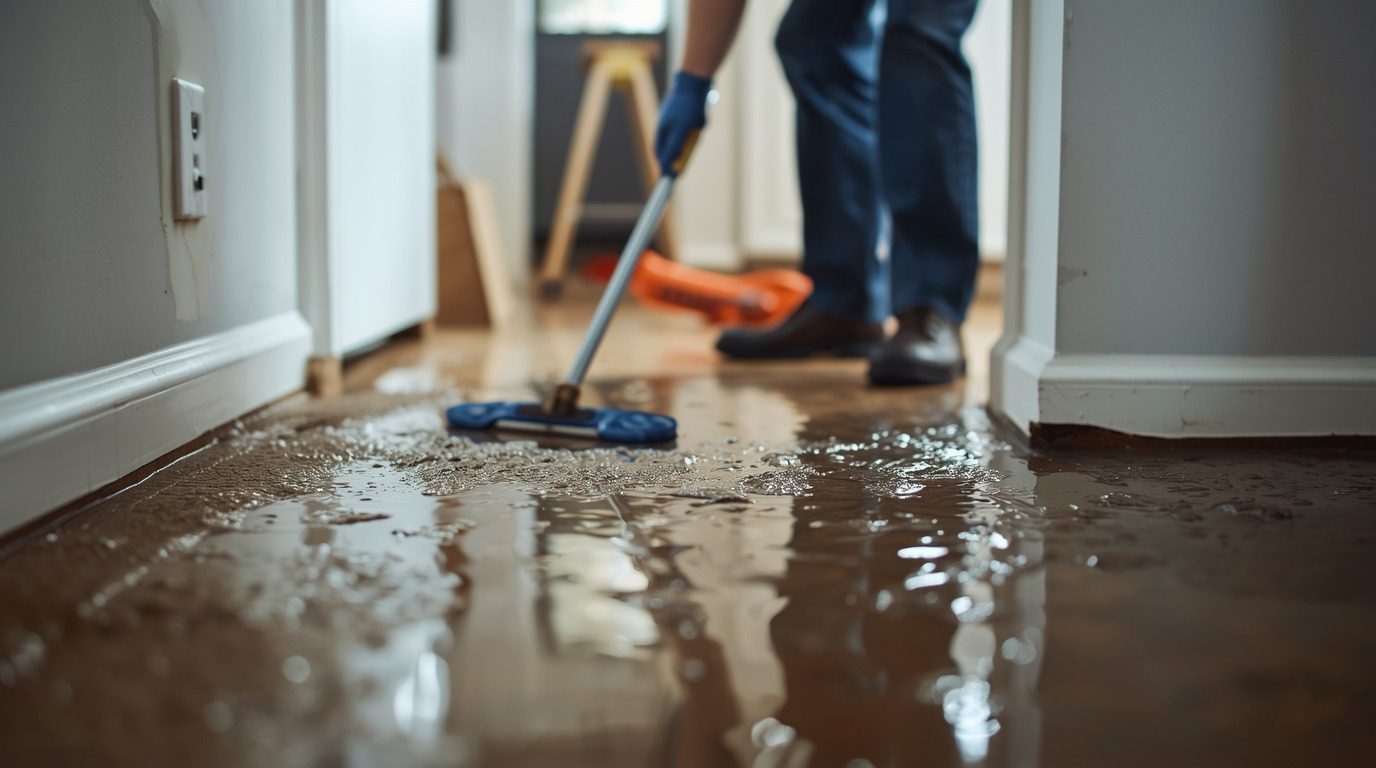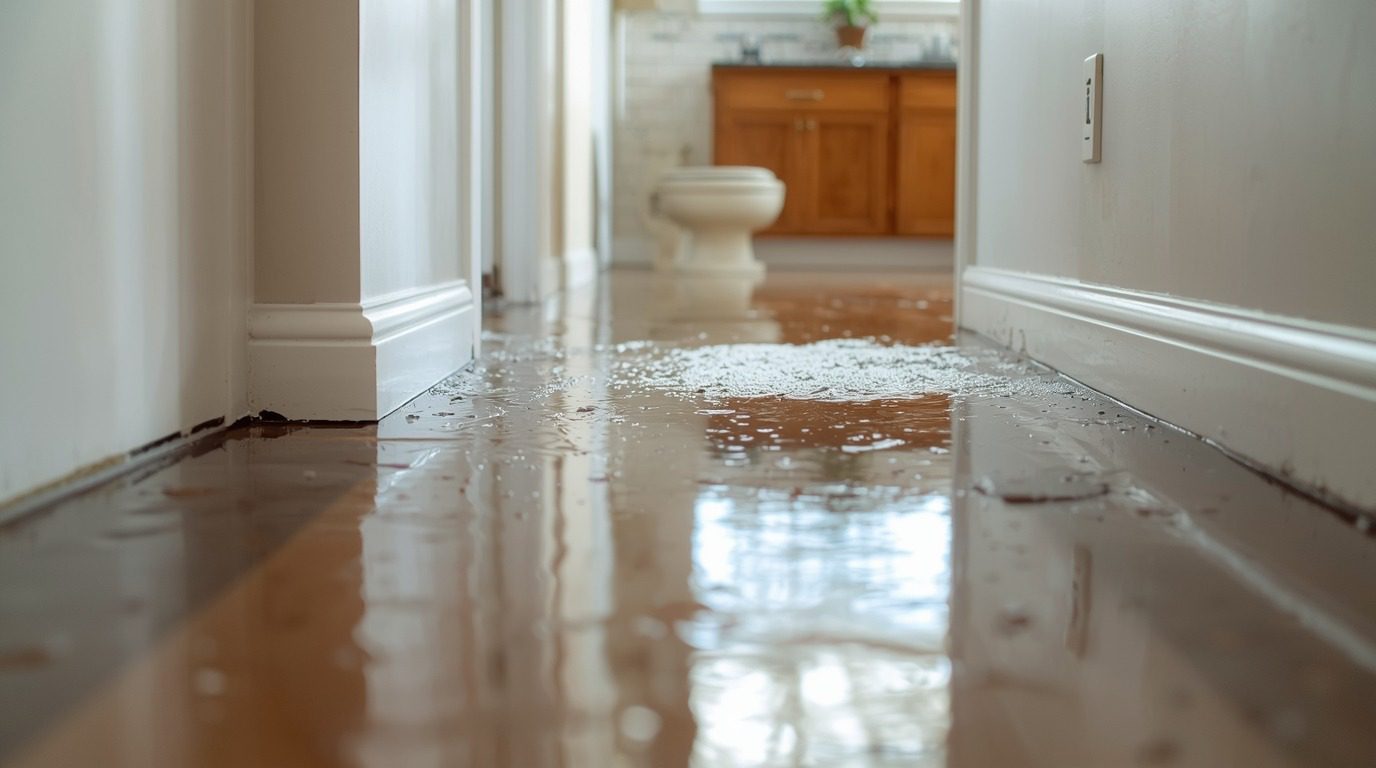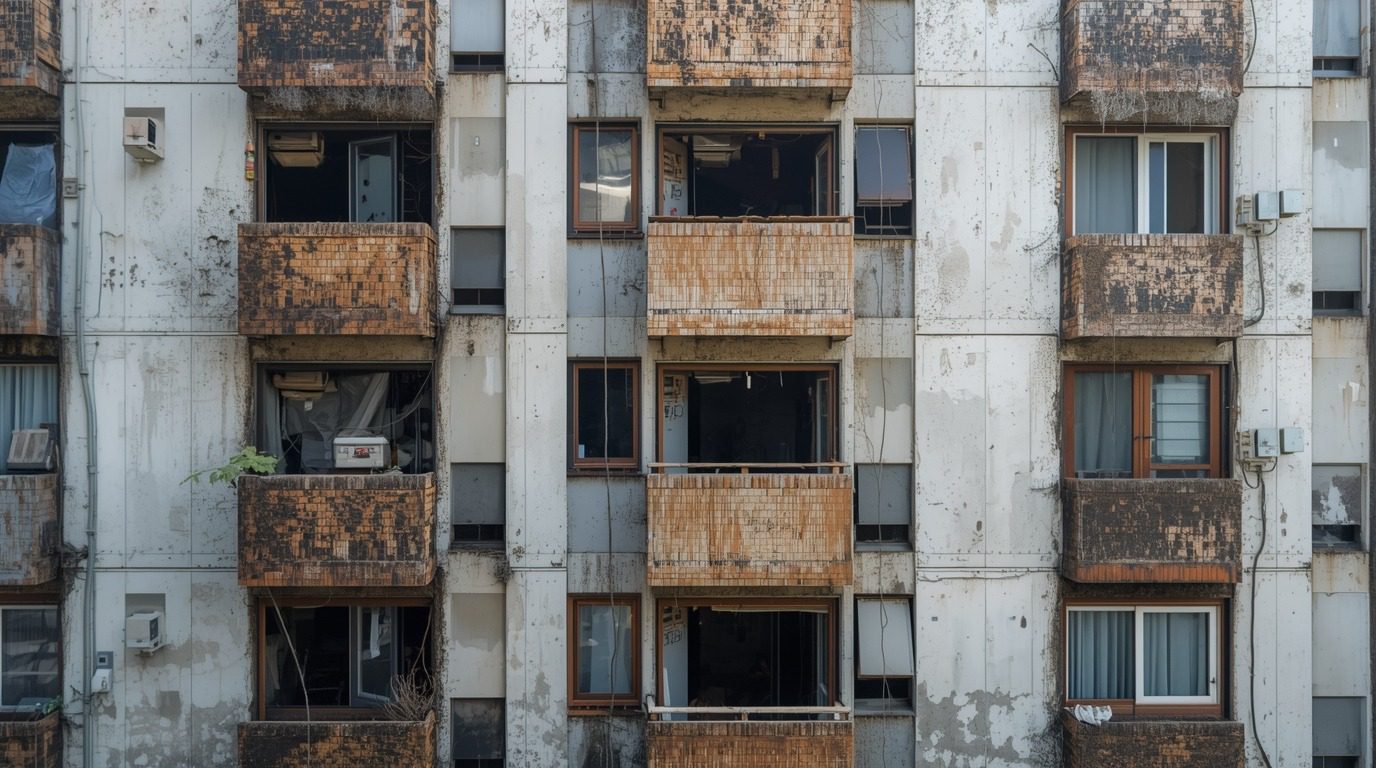There’s nothing quite like the thud in your stomach when you spot water where it shouldn’t be. Maybe it’s a ceiling stain that wasn’t there yesterday or a soggy baseboard, but in that moment, your to-do list explodes and the clock starts ticking. This guide is your calm voice in the chaos. It walks you through what to do first, how to dry things without making hidden problems worse, when to call in water damage restoration pros, and how to prevent a repeat performance.

Make It Safe
Before you mop a single drop, step back and check the scene. If water is near outlets or appliances, turn off the power at the breaker before touching anything. If you suspect contamination from sewage backups or creek water, keep kids and pets out and use gloves and boots.

Photograph everything using both wide shots and close-ups, before you move or clean a thing. Those photos are gold for your claim later.
If the water is still coming in, stop the source: close the supply valve, patch a hose, set a bucket under a drip, or tarp above a leak if the weather allows. Fast beats perfect here.
For a deeper, step-by-step walk-through of the crucial first day, check out this guide on the first 24 hours for Water Damage Recovery.” It mirrors the real-world sequence—safety, assessment, drying, and when to call in help—so you can move fast and avoid common mistakes.
Bring in Help Early

A common mistake is waiting a day “to see how it dries.” It rarely does, and even when surfaces look okay, moisture can be hiding under floors and behind baseboards, a.k.a. mold heaven.
If more than a small area is wet, or if you’re dealing with anything beyond clean tap water, call a qualified water damage restoration team. They’ll have moisture meters and commercial dehumidifiers that pull water out of hidden cavities safely and fast. It’s all about lowering the risk of lingering issues that cost far more months later.
Speed Matters for Your Health

Damp buildings are linked to respiratory problems. An Environmental Health Perspectives review found that most studies reported increased odds of upper-airway symptoms in damp or moldy buildings (in adults, 81% of cross-sectional results showed elevated risk).
That’s a strong signal that quick, thorough drying is a health decision as much as a home-care one.
What to Do

The goal is to control moisture and airflow so materials reach a safe, stable moisture content.
First, extract pooled water with a wet/dry vac or pump if it’s clean water and safe to access. Then, create a drying chamber by closing doors to unaffected rooms. Open cabinets and closet doors in the affected area so trapped moisture can escape. Run dehumidifiers continuously and position air movers (or fans, if that’s what you have) to push air across wet surfaces, not directly at them.
Drywall that’s swollen or discolored may need to be cut out (a “flood cut,” typically runs 10–30 cm above the water line) so studs and insulation can dry. Pull baseboards to vent wall cavities, and if you’re unsure how far moisture has traveled, that’s your cue for professional meters and thermal imaging.
Avoid cranking up the heat without dehumidification. That’ll just create a humid sauna inside your walls. Also, do not close up the space too early or paint/seal before the materials are actually dry. That traps moisture.
Cleaning and Materials Triage

Clean, clear water that’s handled within hours often leaves salvageable materials, but anything involving gray water (appliances, bathtub overflows) or black water (sewage, storm runoff) changes the math.
Porous items like carpet pad or particleboard furniture usually need to go if they were soaked, but solid wood can often be dried and cleaned. For hard surfaces, clean first, then disinfect once they’re visibly clean. And remember: deodorizing is not the same as disinfecting.
Future-Proofing with Small Upgrades

Water losses are often preventable. Here are a few high-leverage moves you can make to save yourself headaches down the line:
- Keep gutters and downspouts clear and extend them well away from the foundation.
- Install leak detectors under sinks, behind the fridge, and near the water heater. These text you when a line fails, so you can act before a leak turns into a pool.
- Service your sump pump and consider a battery backup. A pump without power is just a hole.
- Upgrade old supply lines for the washing machine and dishwasher to braided steel.
Water damage is one of those problems where the invisible parts matter more than the visible ones. If you act quickly and dry thoroughly, you can protect your home and health without turning the next six months into a renovation story you didn’t want.

